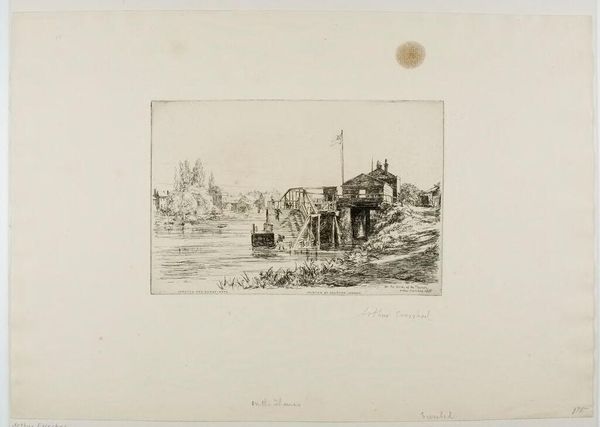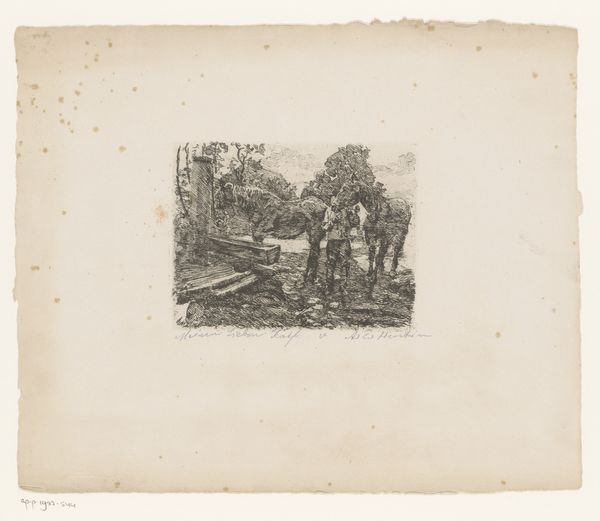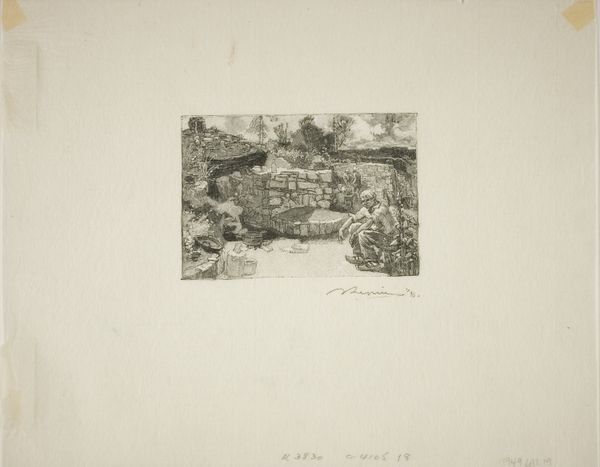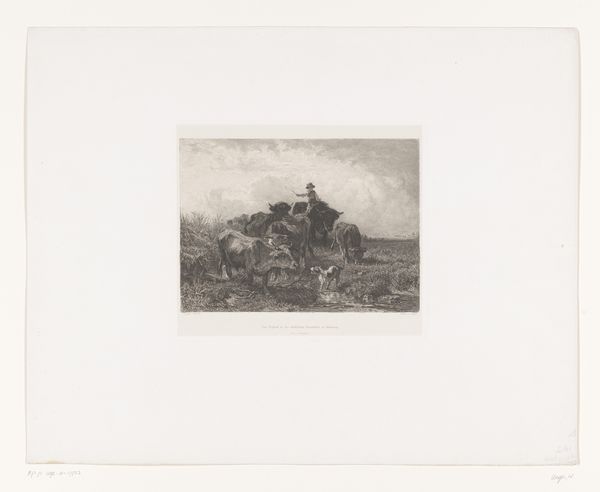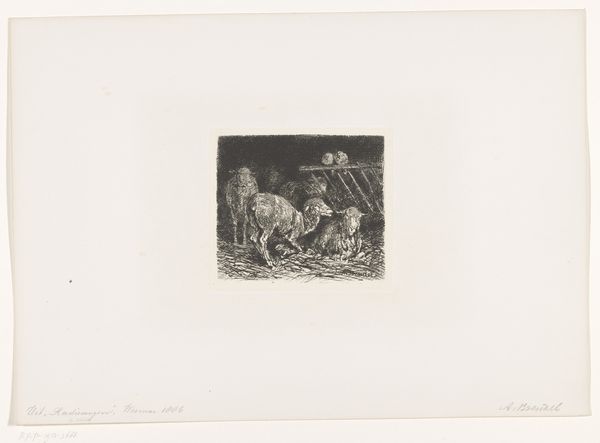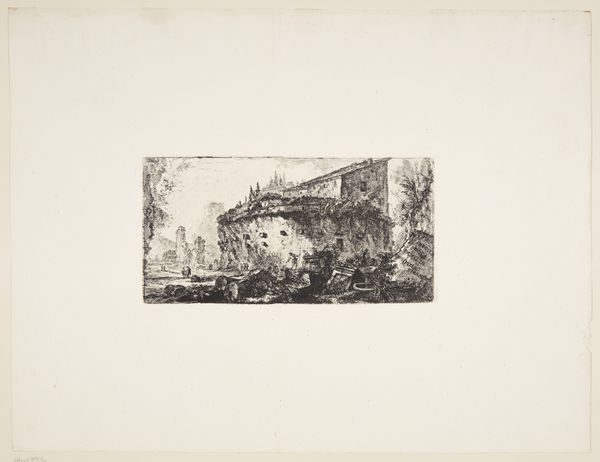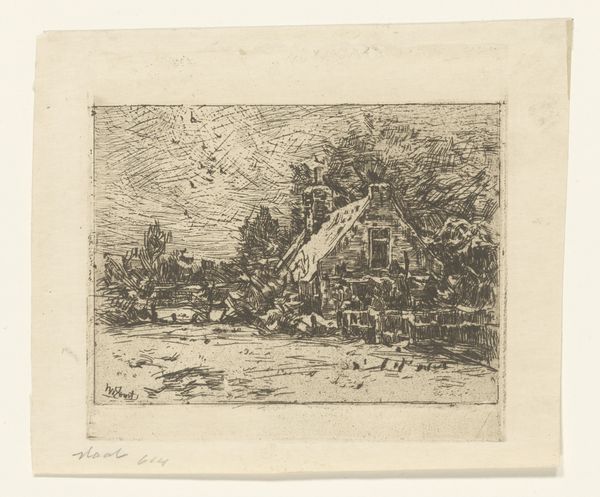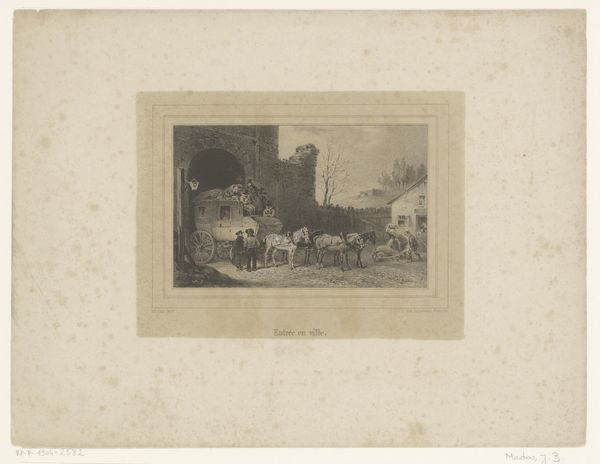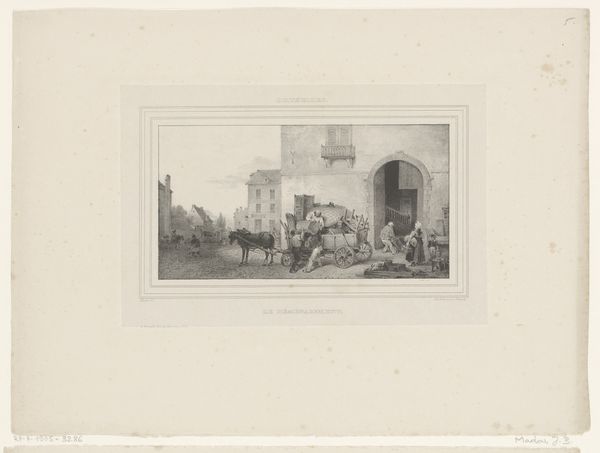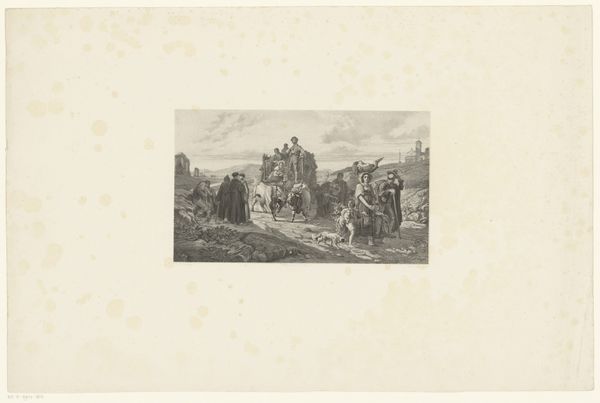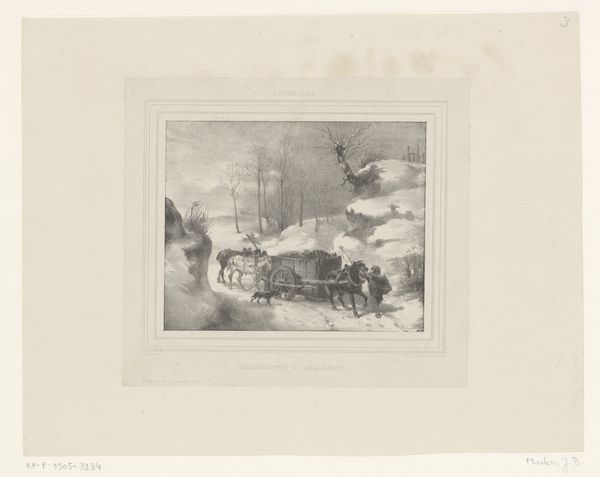
print, etching, engraving
#
narrative-art
# print
#
etching
#
old engraving style
#
landscape
#
figuration
#
line
#
genre-painting
#
engraving
#
realism
Dimensions: height 163 mm, width 251 mm
Copyright: Rijks Museum: Open Domain
Editor: This is Hans W. Schmidt's "Valkenjacht," an etching from 1886. The scene depicts a group of figures on horseback with dogs, hunting in a landscape. There's an undeniable energy to the composition. What sociopolitical narrative would you say it represents? Curator: The "Valkenjacht", or falcon hunt, provides an important window into the culture of leisure and privilege of the late 19th century. We see a display of power over both nature and the lower social classes, often excluded from these elite activities. Consider, who typically had the resources and time for such hunts? How does this activity perpetuate societal hierarchies? Editor: That makes me think about access and exclusion. So, you're saying the print isn’t just a depiction of a hunt, but also a visual representation of class division? Curator: Precisely. And beyond class, consider the human/animal dynamic. Falconry and hunting, while presented as sport, raise questions about our ethical relationship with the natural world, our propensity to inflict violence in the name of recreation. What commentary might Schmidt be making – consciously or unconsciously – about these themes? Editor: It's thought-provoking to consider those questions embedded in what at first glance appears to be a straightforward hunting scene. I appreciate seeing the historical context in a new way. Curator: And conversely, thinking about the here-and-now allows for seeing those past times as important markers of cultural patterns which unfortunately sometimes persist, whether we acknowledge them or not.
Comments
No comments
Be the first to comment and join the conversation on the ultimate creative platform.
